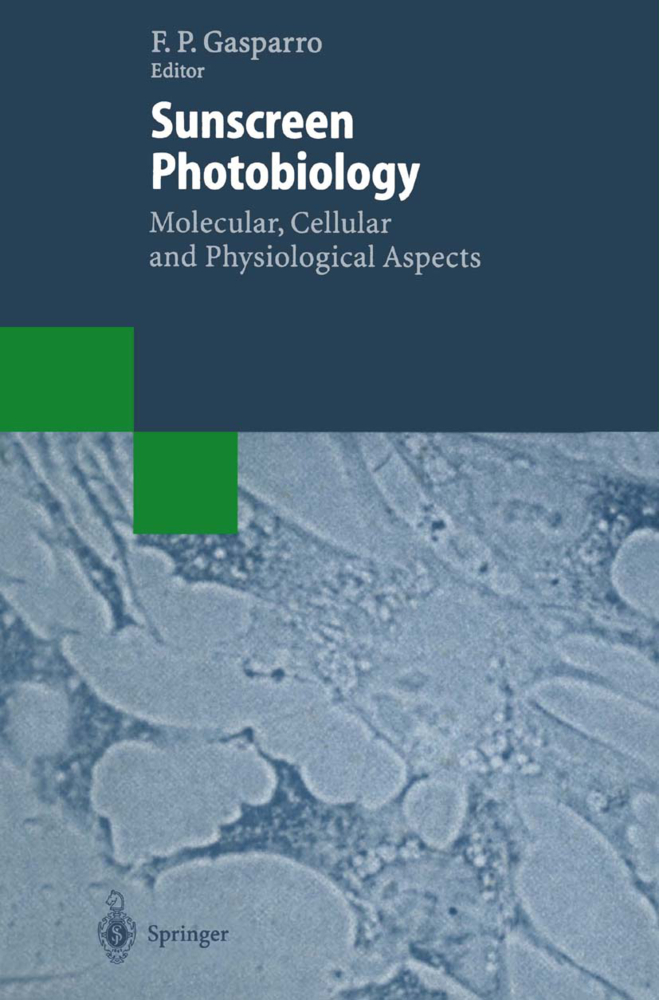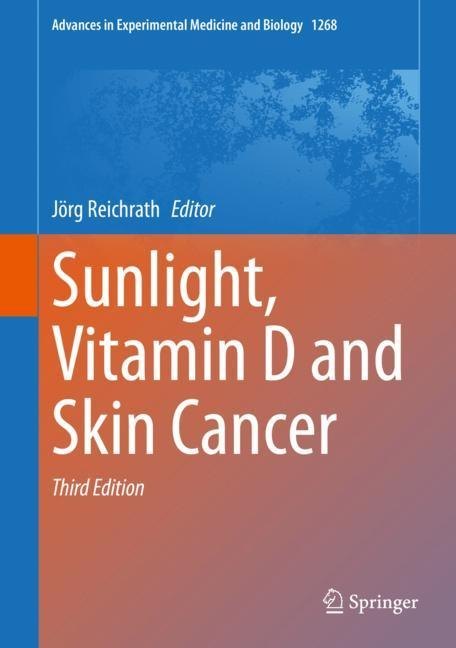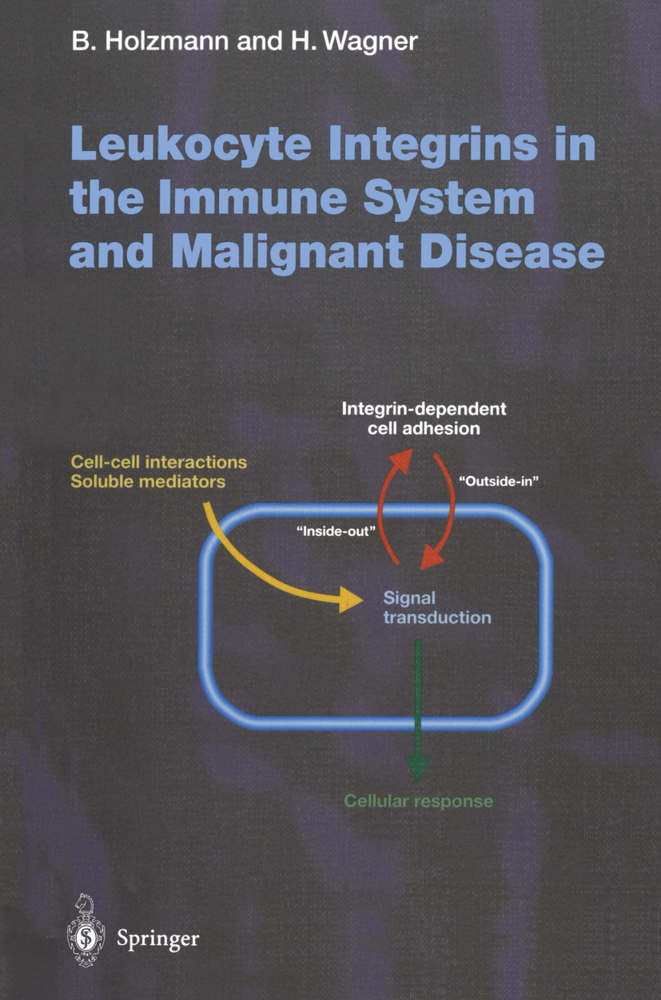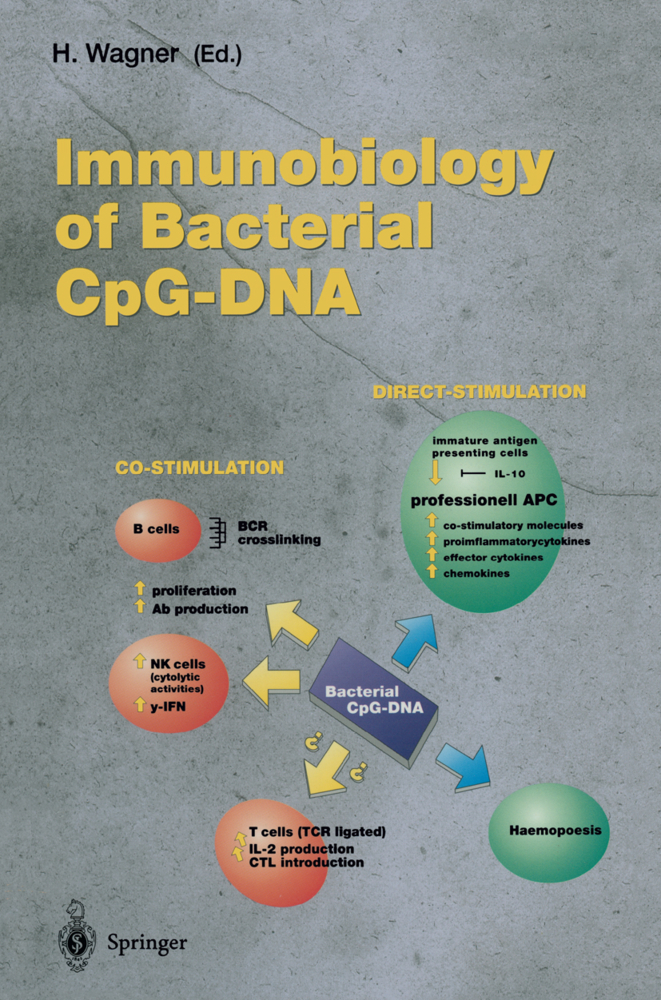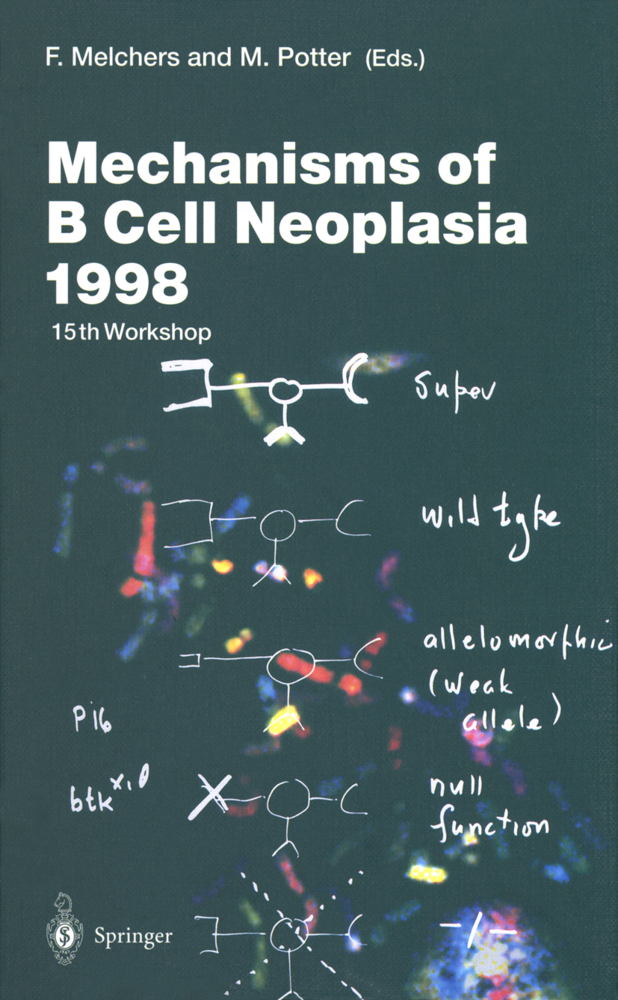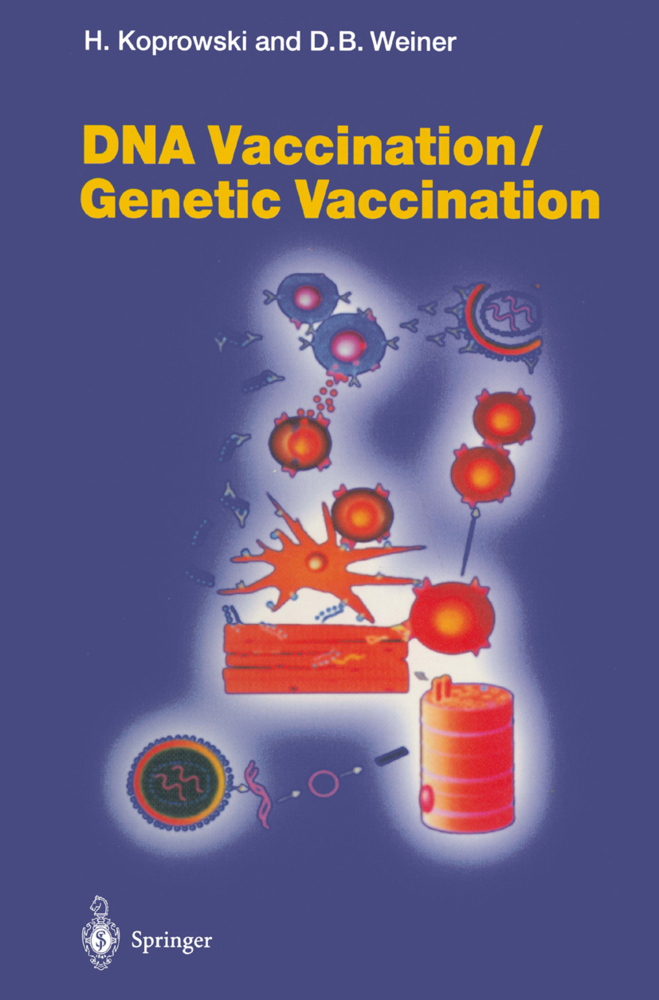Sunscreen Photobiology: Molecular, Cellular and Physiological Aspects
Sunscreen Photobiology: Molecular, Cellular and Physiological Aspects
Sunscreens are universally recommended by dermatologists not only to prevent the immediate effects of overexposure to sunlight but also to prevent skin cancer. While the former goal is immediately evident, the latter remains an unproven hypothesis and is a topic of some controversy. Recent epidemiological studies suggesting a correlation between increased use of sunscreens over the past two decades and the rise in skin cancer have led to the question whether sunscreens applied to skin may be undergoing photoreactions, the effects of which are elaborated many years later. By addressing the key questions, this book advances the field of sunscreen photobiology and provides the reader with an unbiased perspective on this important field.
3. The Photochemical Potential of Some Sunscreens to Damage DNA
4. Sunscreens and the Prevention of Erythema
5. Do Broad Spectrum Sunscreens Allow Ultraviolet-Induced Photodamage in the Absence of Erythema?
6. A Transgenic Mouse Model of Cutaneous Photoaging Measuring Elastin Promoter Activation
7 Immune Aspects of Sunscreens
8. Sunscreen SPF Values and Immune Protection Levels Are Equivalent When Tests Are Conducted by Appropriate Methods and Procedures
9. The Relationship Between Sunscreen Protection from Erythema, Photoimmunosuppression and Photocarcinogenesis in the Hairless Mouse
10. Epilogue: New Perspectives in Sunscreen Photobiology
Color Insert.
1. Action Spectra: Skin
2. Sunscreens: The Molecules and Their Photochemistry3. The Photochemical Potential of Some Sunscreens to Damage DNA
4. Sunscreens and the Prevention of Erythema
5. Do Broad Spectrum Sunscreens Allow Ultraviolet-Induced Photodamage in the Absence of Erythema?
6. A Transgenic Mouse Model of Cutaneous Photoaging Measuring Elastin Promoter Activation
7 Immune Aspects of Sunscreens
8. Sunscreen SPF Values and Immune Protection Levels Are Equivalent When Tests Are Conducted by Appropriate Methods and Procedures
9. The Relationship Between Sunscreen Protection from Erythema, Photoimmunosuppression and Photocarcinogenesis in the Hairless Mouse
10. Epilogue: New Perspectives in Sunscreen Photobiology
Color Insert.
Gasparro, Francis P.
| ISBN | 978-3-662-10137-7 |
|---|---|
| Artikelnummer | 9783662101377 |
| Medientyp | Buch |
| Auflage | Softcover reprint of the original 1st ed. 1997 |
| Copyrightjahr | 2013 |
| Verlag | Springer, Berlin |
| Umfang | XVII, 194 Seiten |
| Abbildungen | XVII, 194 p. 32 illus., 9 illus. in color. |
| Sprache | Englisch |

